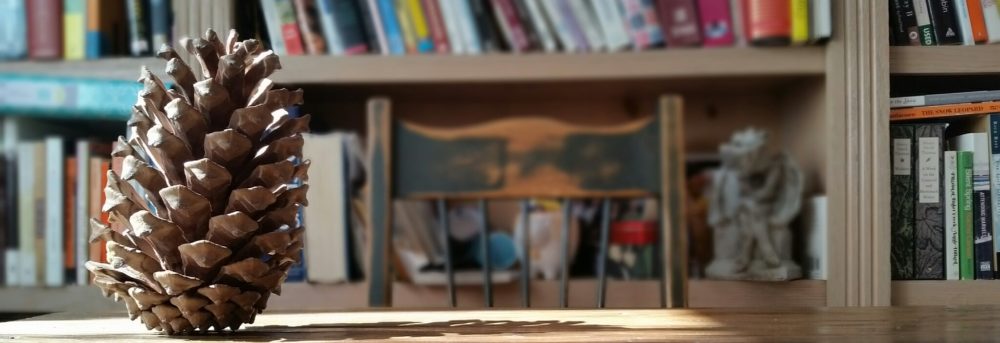I planned to write just a quick line or two updating my original post about the High Line after my friend Robin sent me an article about a new breed of cockroach discovered at the elevated park in lower Manhattan. But then I got a little obsessed thinking about the bugs.
Cockroaches–during my college years I became way too familiar with the small German ones (Blattella germanica) that thrive in cheap apartments and love honey lemon cough drops and book bindings. Years later when I moved to Houston, I met my first American cockroach (Periplaneta americana), big and winged. Luckily. they usually keep a low profile, preferring to hang out in warm moist places like basements and sewers–the same cockroaches that New Yorkers are familiar with.
News of the Japanese cockroach (Periplaneta japonica) discovered by an exterminator on the High Line broke in early December. The kicker to the story about the bug, which probably hitchhiked in on an imported plant, was that it could survive ice and snow, maybe even a New York winter. Experts were quick to assure the public that the Japanese bug would not physically be able to mate with its American cousin, which is not cold tolerant, to create a “super” cockroach.
The whole thing made me glad I live in New Mexico. Never in sixteen years have I seen a cockroach, outside or inside. Why, I wondered. Is it too cold, too dry, too high?
Chuck at New Mexico Pest Control was happy to answer my questions and assured me that we do have cockroaches, The one he identified in Santa Fe is the Oriental (Blatta orientalis). It can survive temperatures down to about thirty degrees and takes refuge in garages and storm sewers, but our cold winters don’t give it a chance to gain much of a foothold.

Photo Credit gigi_nyc
Last week the High Line was closed after a snowfall until crews had a chance to clear the walkways. I still like the idea of a winter evening at the park taking in the city lights, but now I would be on the lookout for small six-legged creatures also making their way through the snow.









